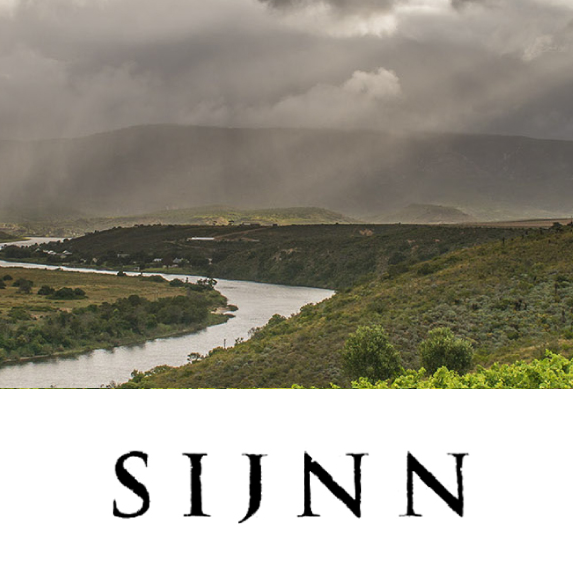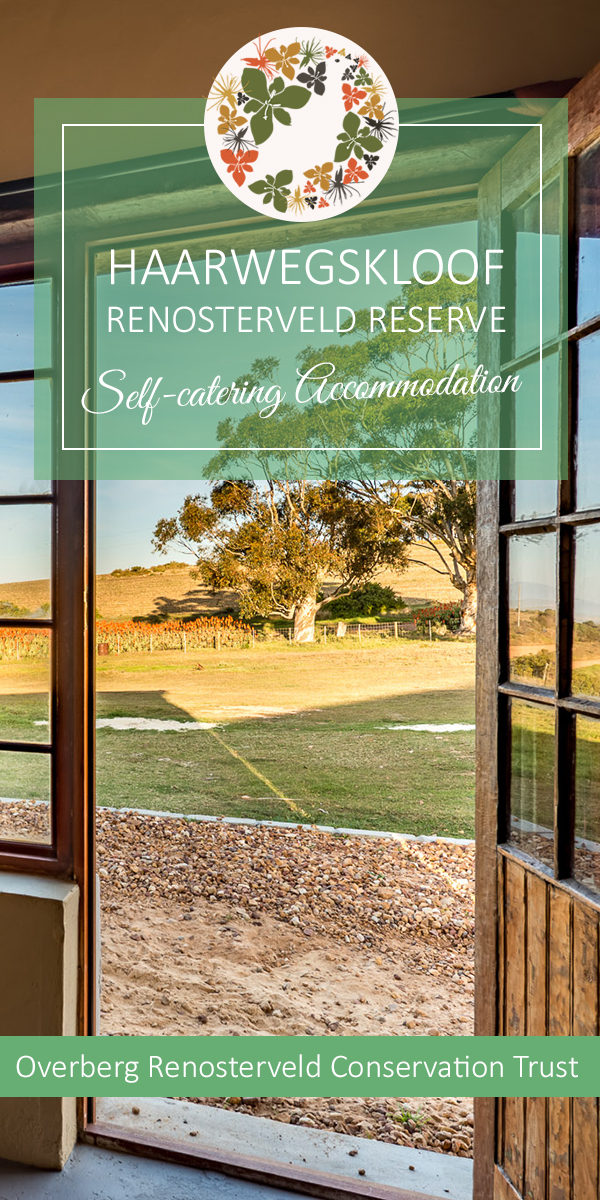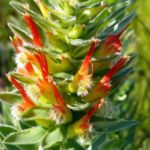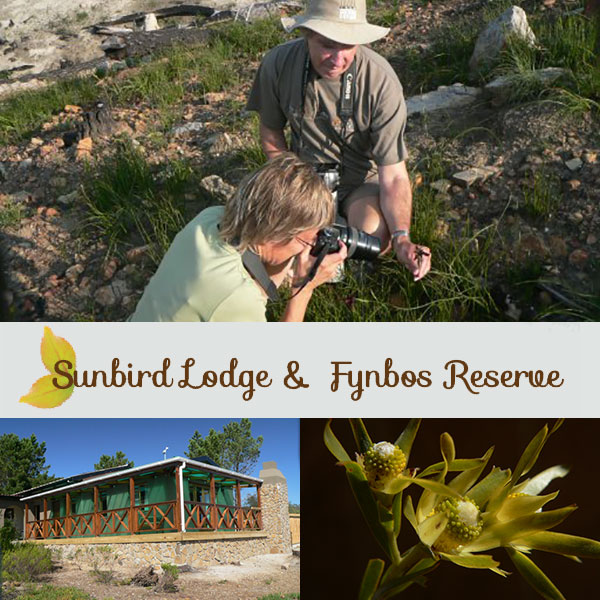
Out of the ashes: Notes on the March 2015 Cape Town wildfire
In the Mother City, the mountains are ablaze. It is late summer. Four days ago the fire started in Farmer Peck’s Valley adjacent to the seaside suburb of Muizenberg, known for its surf and sharks. Sitting here at home it is 42°C and the sound of helicopters are a constant background alongside the low hum of the city of Cape Town going about its daily business.
The fire spread quickly and gained strength owing to strong southeaster winds typical of Cape summer weather grounding helicopter crews and leaving ground-based fire teams to fight the blaze. Despite the best efforts of emergency services the fire spread throughout the Silvermine section of Table Mountain National Park over towards Fishhoek, Tokai, Noordhoek and Hout Bay.
Emergency services staff and the crews of the Volunteer Wildfire services as well as numerous other fire teams have been working through day and night to contain the blaze and to try and minimise damage to neighbouring properties and danger to residents of the city. Numerous people have been evacuated from homes in proximity to the fire line and residents of a care home in Noordhoek have been treated for smoke inhalation.
Several hikers caught in the blaze have also been rescued. Several homes as well as the upmarket hotel of Tintswalo Atlantic near Hout Bay have been burnt to the ground. As the fire continues to burn additional staff from the Working on Fire project have been brought in from other parts of the country to provide support to the fire effort and relieve those who have been working to the best of their ability to keep everyone safe and out of harm.
The media both local and international has been flooded with extensive coverage and social media channels have been buzzing with photos, commentary, opinions and questions. The injury and loss of livelihood to all those affected are tragic. It is the challenge that all residents of Cape Town face when living at the margins of an iconic national park filled with flammable vegetation that easily can burn during the summer months.
However, there seems to be a widely held view that the fire is also a force for the destruction of the vegetation of the mountain and are filled with sadness of destruction of the beautiful fynbos. Fire can bring challenges, loss, injury and destruction to the unluckiest city residents.
My heart goes out to those affected who have faced fear or loss of their homes or have been evacuated away from the fire line. I wish strength to the fire crews who have been working tirelessly in the toughest of conditions to contain the blaze.
This reality comes as part of life within a city in the Cape Floristic Region. The fynbos vegetation that clothes the mountains of the Cape Peninsula and throughout the Cape Floristic Region is both fire-prone and fire-dependent. When fynbos burns it is a challenging neighbour to live alongside.
But alongside our sympathy and support for all those affected we need to also understand that fire is a natural part of the ecology of the Fynbos Biome. After the tragedy of injury and destroyed property will come new life in the veld. Without fire, there would be no fynbos.
The burning of fynbos vegetation is an inevitability. It is sad that people are negatively affected but it is far from sad that the veld itself is burning. This vegetation type has been subjected to fire for millennia and the optimum fire interval is every 10-14 years.
Fire is a keystone process without which many plants in the fynbos would not be able to regenerate, produce offspring or reproduce. Fynbos plants are either resprouters or reseeders: Either they can resprout after a fire has passed through or they produce seeds that are adapted to survive fire and require heat from the fire and chemical compounds from the smoke to germinate.
At present after the fire Silvermines looks like a blackened lunar landscape. At first glance, it appears that nothing can have survived. But as the fire moved through the landscape members of the Proteaceae family will have opened their cones and spread their seed within hours, ready for new life to begin once more. These seeds provide essential food and nourishment for those rodents who have survived the fire.
Fire also stimulates the growth and flowering of numerous different species. Fire lilies from the genus Cyrtanthus will flower less than two weeks after the fire, their flowering being stimulated by the smoke. Given that this is a summer fire, as time goes by other geophytic (bulbous) species will also break their dormancy and start to grow and flower.
As the autumn rains and cooler temperatures come later in the season, seedlings of reseeding shrubs will start to germinate, their dormancy having been broken by the heat and smoke from the fire.
As winter passes growth continues and as spring arrives the fynbos will be filled with a profusion of colour from mass flowering of bulbs such as those from the genus Watsonia and numerous others. Other plants such as orchids will also grow and flower, making the most of the additional light and space created by the burning of the overstorey vegetation.
A question often asked is what about the animals? What will happen to them? Insects and birds will fly from the fire and many insects and spiders will survive as eggs or pupae buried in the soil or underground in ants nests. Many reptiles are adapted to take refuge in cracks in the rocks or in rodent burrows as the fire moves through the landscape.
Tortoises often survive veld fires in this way but among these slower moving creatures, there are often a few casualties. Their sad charcoal blackened bodies are often visible scattered through the skeletons of shrubs after a fire has moved through. Nature seems cruel at this moment. Those larger mammals can run from the flames. The numbers of some rodents including the Pygmy Mouse will actually increase after a fire owing to their preference and tolerance of more open landscapes.
It may not seem so now amidst the heat, chaos, injury, loss and destruction, but with time out of the ashes of this fire will come new life….like a phoenix. Watch and wait…..
Find me on Instagram
Plant Information
Connect on Social
Connect on Facebook, Twitter and Instagram
Taking Action
There are many environmental organisations based in Cape Town and beyond that require the services of volunteers to undertake their work. So if you have a little time to spare please get involved.






